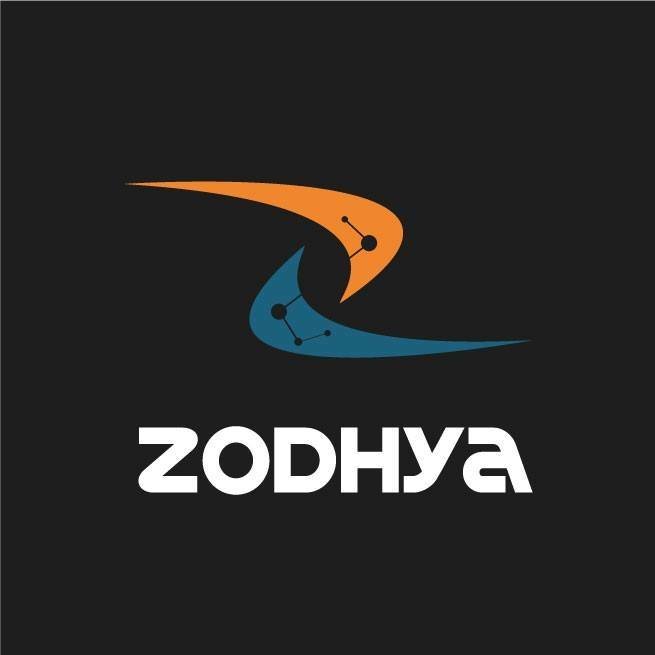We all have faced power cuts, sometimes longer than usual. At some point, most of us question what’s stopping us from having a power supply with zero interruptions. But is it technically possible? For that, we need to understand how the delivery of power works, or in other terms Power Dispatch.
From the generation plant where power is generated to the end user, which is us, here is the path —
Generator -> Transmission lines -> Transformer -> Household/building
We all have different power demands at various times of the day in our house. Maybe, the morning demand tends to be more with all daily needs being carried out, the noon might be where you run your fans or ACs at maximum and the evenings might be more where you cook or wash clothes or watch TV. This behaviour changes from day to day or season to season and even from one household to another.
Despite such rapid changes, the grid understands what your daily power demands are and plans for it accordingly. In fact, it is so well-planned that sudden addition or withdrawal of power at your house is also taken care of. All this is possible because of the Dispatch Centres.
The function of the Dispatch centres is to control the grid operations by estimating the power demand and then communicating to the available power plants to generate the required demand for electricity. This is done 24*7 while also minimizing the cost of operating the power plants.
Without such central monitoring systems, there could either be an overload from power plants on the grid or an undersupply of power, either of which leads to a failure in the entire grid network.
How is a power plant optimized by the Dispatch Center?
Each power plant comes with its own costs of operating. And there are different ways of power generation like coal, hydro, gas and nuclear, each of which vary in the way they are operated.
The Hydroelectric power plant takes the shortest time to startup its operations, which is 5–10 minutes. Similarly, a gas power plant takes anywhere between 5 and 30 minutes to start generating. For a coal power plant, it takes about 4–8 hours. And a nuclear power plant could take up to 3 days to start.
So, the function of the Dispatch Centre is to not just arrange for the required demand but also selectively look into the active generators that can meet the demand.
As mentioned above in terms of the startup time, not all generators can be restarted in a whip. There is also a possibility of some generators being down at that particular moment, either due to low supply stocks or some repairs.
Considering all these possible issues, the real-time monitoring of the generator status helps them to monitor and procure power accordingly.

Now we also have additional sources like renewables. These renewables could be rooftop or can also be in the form of large-scale plants. And sources like wind generators come with their own set of challenges.
Here’s where most dispatch centres have mandated that renewable energy generators which operate in the form of large plants must submit day-ahead forecasts of their generation so that the Dispatch Center can plan for demand. In case of not meeting the requirement beyond a certain threshold, they might be liable to penalties as well.
Now, how do they know you have a power cut?
Smart systems are being implemented at the transformer level that have data relaying about the status of the system. The reasons for transformer failure usually lie in the ageing of the transformer or damage due to a tree falling on it or other natural or accidental scenarios. Most of the transformer repair cases require a breaker replacement. So, the dispatch centre has a live status of such situations if such smart systems are deployed. Else, they rely on customer complaints of power cuts to fix them.
Well, that should’ve fixed the issue of power cuts, right? There shouldn’t be any prolonged power cuts if this system is in place. Unfortunately, there is another issue while planning for a day’s demand. India, for example, has been growing at 8% each in power demand and in peak times, several regions clocking a 30-50% increase. Such rapid increases can’t be known unless you have smart meters in place for every household, which helps understand the real-time scenario and plan for the required demand.
Sometimes the transmission line could be damaged or under repair. This means the Dispatch centre has to work out on another line in order to provide power failing which you’ll face a power cut. India has been actively adding new transmission lines in order to meet the changing power demands.
Also, there could be times when the dispatch centre undergoes something called “Load Shedding”. The essentiality of this is to schedule power cuts in order to avoid overloading the grid. This is done when the demand cannot be met by the generators at that moment. And quickly adding a new generator to the network isn’t easy as it also depends on the availability and time to start.
There are also different types of Dispatch centres with various functions, which will be discussed in another blog.

